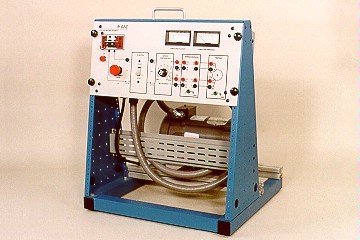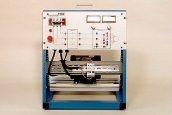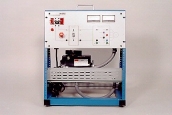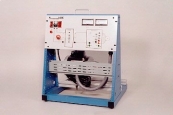Three-Phase, Squirrel Cage Rotor, AC Motor Trainer
DAC Worldwide’s Three-Phase, Squirrel Cage Rotor, AC Motor Training System (412-000) provides a starting point for understanding a common, widely-used industrial induction motor. These self-starting, 56 frame, simply constructed motors are used in applications like generators or where low starting torque is required.





 Our learning programs develop job-ready skills that have been proven time and again. Take a look at how we can help you be successful!
Our learning programs develop job-ready skills that have been proven time and again. Take a look at how we can help you be successful!


